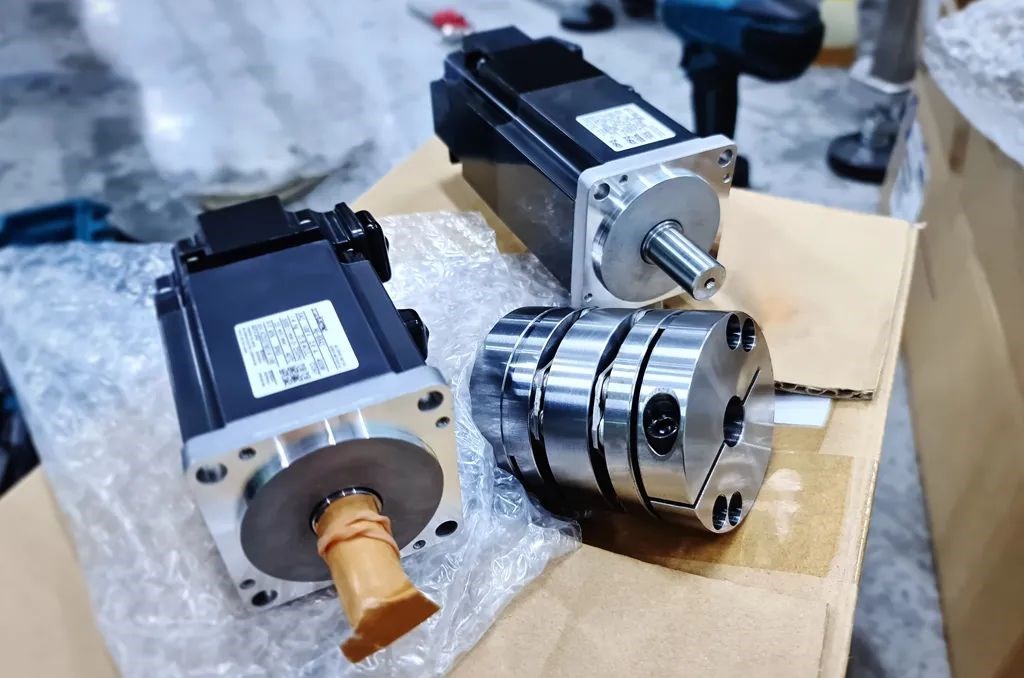What is a stepper motor?
Published date: 28 August 2023

Stepper motors are precision devices that play a crucial role in various industries, from manufacturing and robotics to computing and printing. They offer precise control over rotational movements, making them indispensable for applications requiring accuracy and repeatability. In this article, we’ll explore what stepper motors are and how they work, shedding light on their inner mechanisms that power many technological advancements.
Understanding stepper motors
A stepper motor is an electromechanical device designed to convert electrical pulses into discrete mechanical movements, or steps. Unlike traditional motors that continuously rotate, stepper motors move in small, exact increments. Each step corresponds to a specific angle of rotation, usually measured in degrees.
Stepper motors consist of several key components working in harmony to achieve controlled movement. The motor’s rotor, also known as the shaft, is equipped with toothed poles, while the stator contains electromagnets aligned around the rotor. The arrangement of these poles and magnets varies based on the stepper motor type.
How stepper motors work
Stepper motors operate through the generation of electromagnetic fields. When an electrical pulse is applied to a coil within the stator, it generates a magnetic field that interacts with the rotor’s poles. This interaction creates a turning force, causing the rotor to move by one step. The sequence of energizing the coils determines the direction of rotation, and the number of pulses dictates the degree of movement. This discrete nature of movement enables accurate positioning, making stepper motors ideal for applications such as 3D printing, robotics, and camera gimbals.
There are three types of stepper motors:
- Permanent Magnet (PM): These motors have a permanent magnet rotor and rely on the attraction and repulsion forces between the rotor and the stator’s electromagnets to create movement.
- Variable Reluctance (VR): In VR stepper motors, the rotor is made of an iron core and has tooth. The shape of the rotor aligns with the stator’s magnetic field to produce motion.
- Hybrid: Combining the features of both PM and VR stepper motors, hybrids offer enhanced performance and a higher torque-to-inertia ratio. More complex and expensive, they find use in applications requiring greater precision and efficiency.
Advantages and applications of stepper motors
Stepper motors offer several advantages, including high precision, ease of control, and cost-effectiveness. Their ability to maintain position without feedback, resistance to stalls, and reliable low-speed torque output make them invaluable in situations where accuracy is paramount. These qualities make them suitable for a wide range of applications, including:
- 3D printers
- Robotics
- Cameras
- Computing
- Packaging machinery
- ATM machines
- Fluid control systems
At Conro Electronics, we’ll show you how to improve product reliability while increasing performance and lowering costs. Our team of technical support specialists will provide your company with dependable global supply, unrivalled efficiency, and superior technical support.
Feel free to contact us on 0208 953 1211 or send us an email to info@conro.com




Comments
There are currently no comments, be the first to comment.